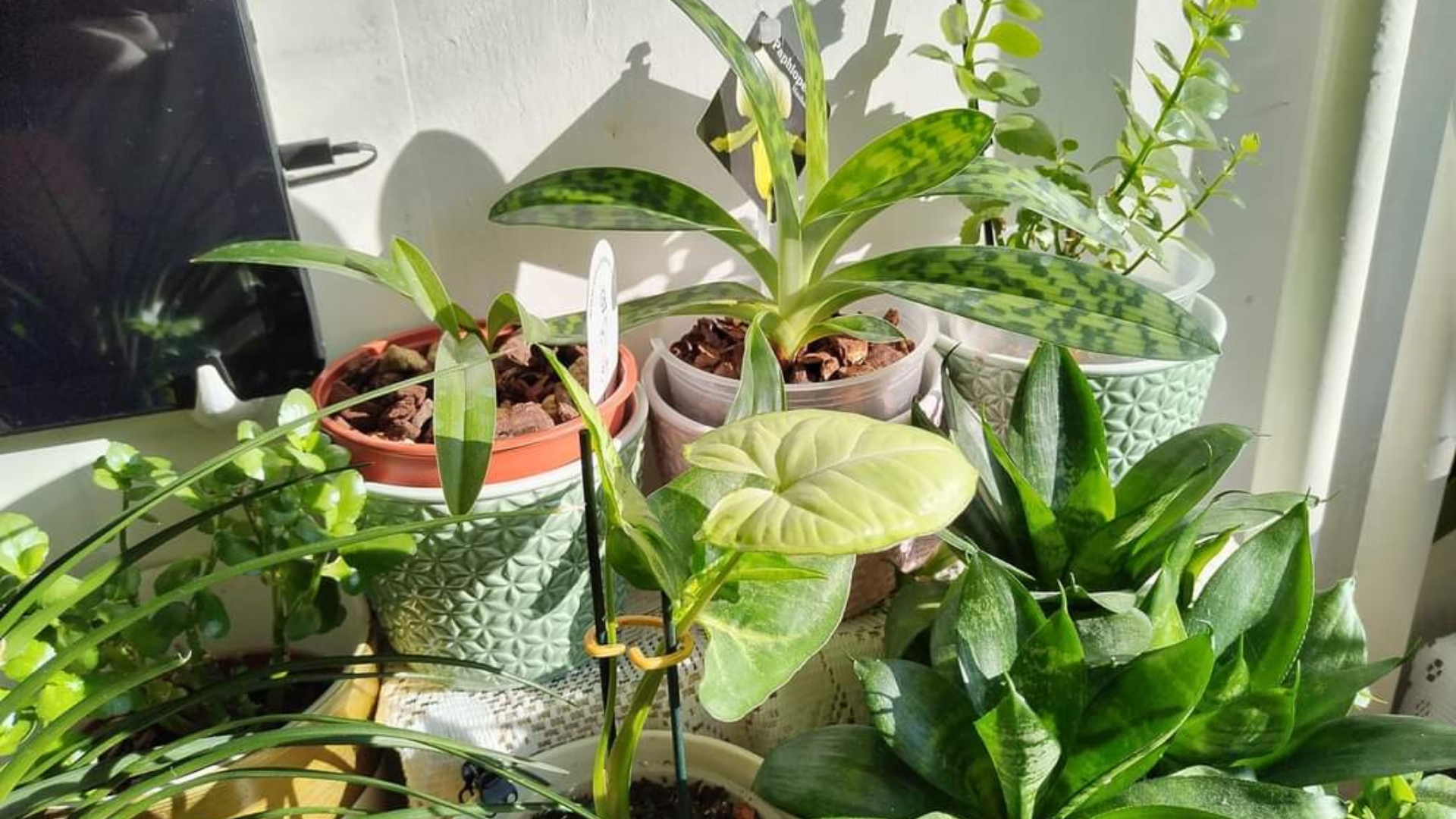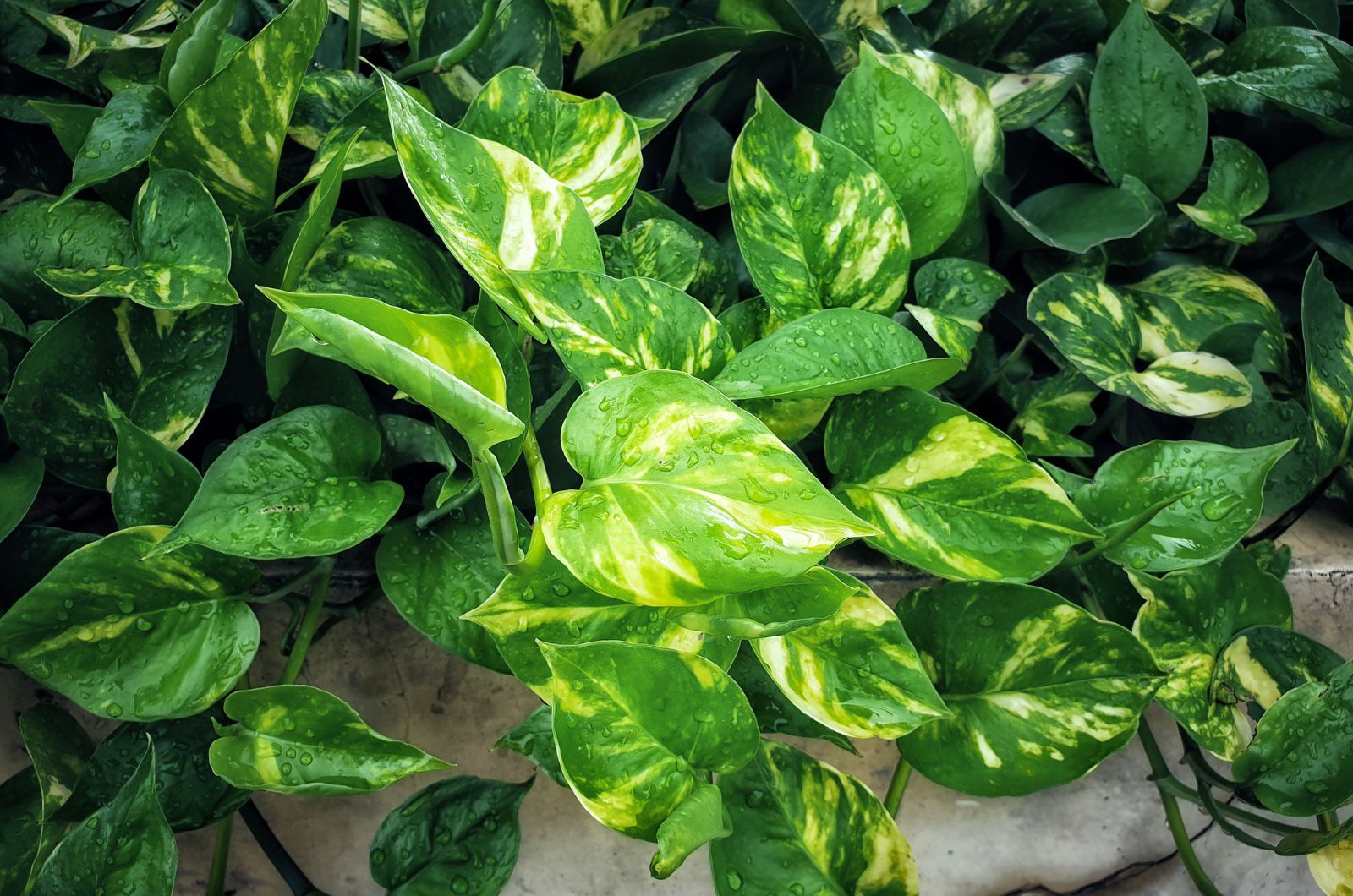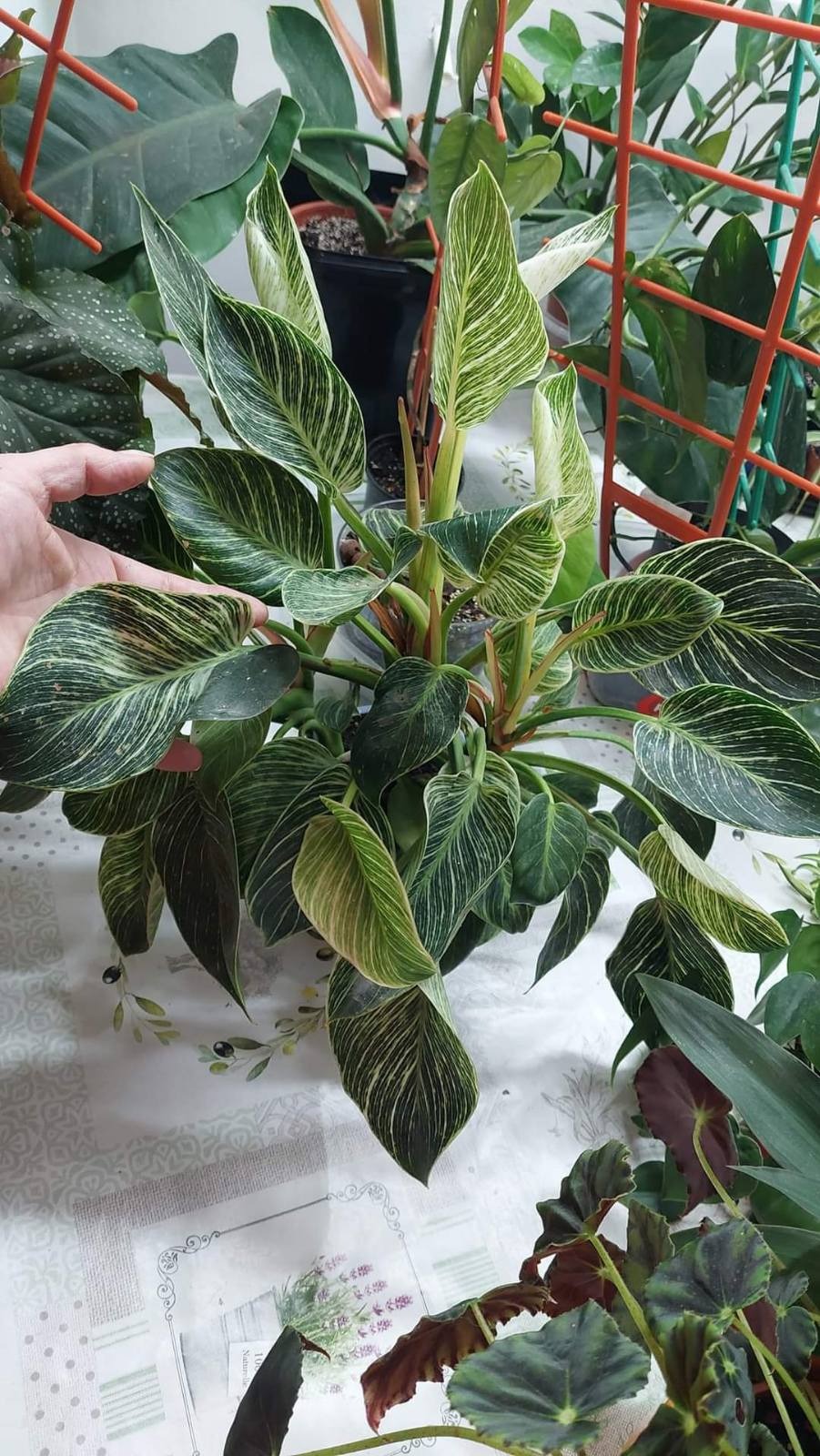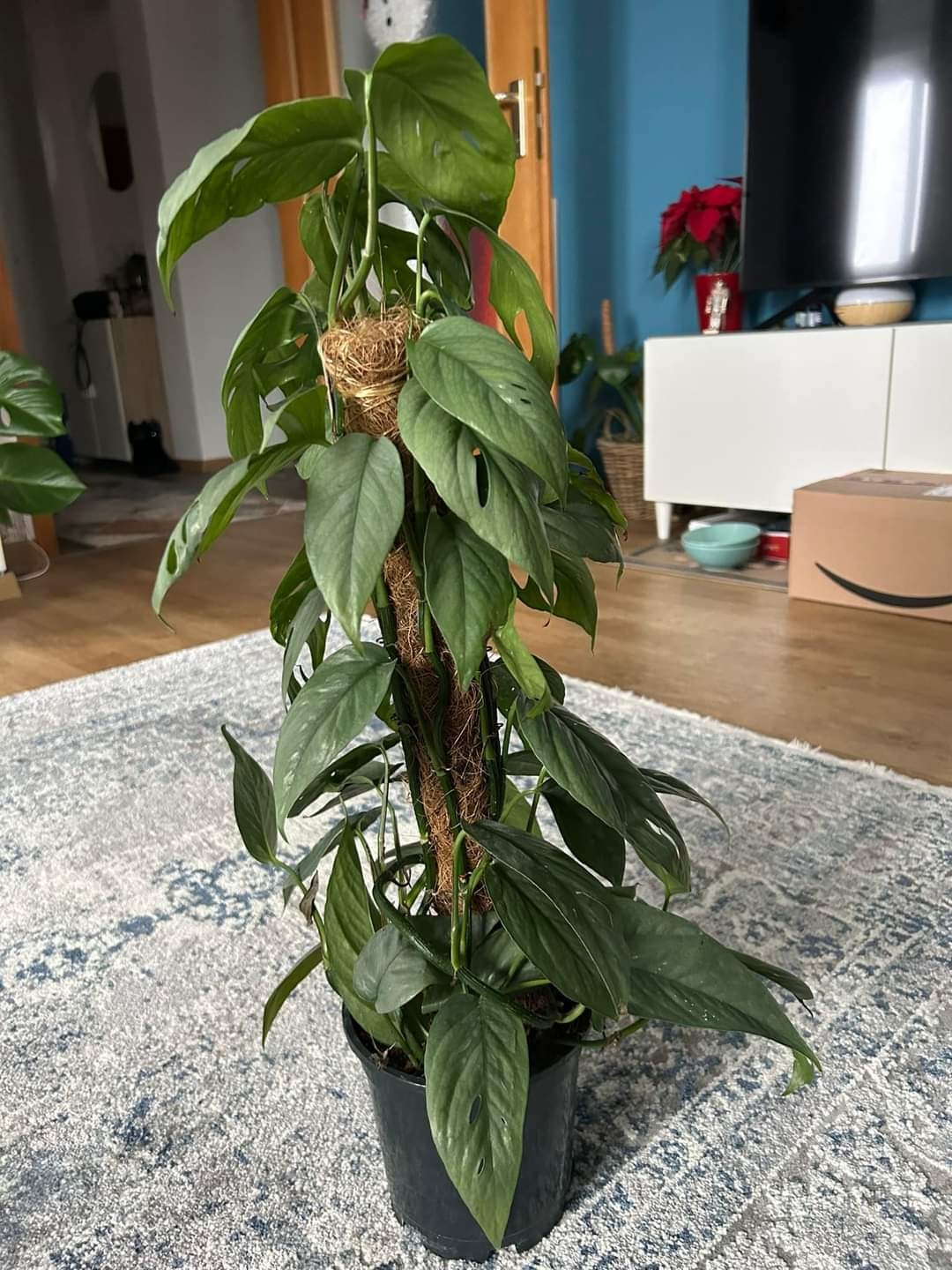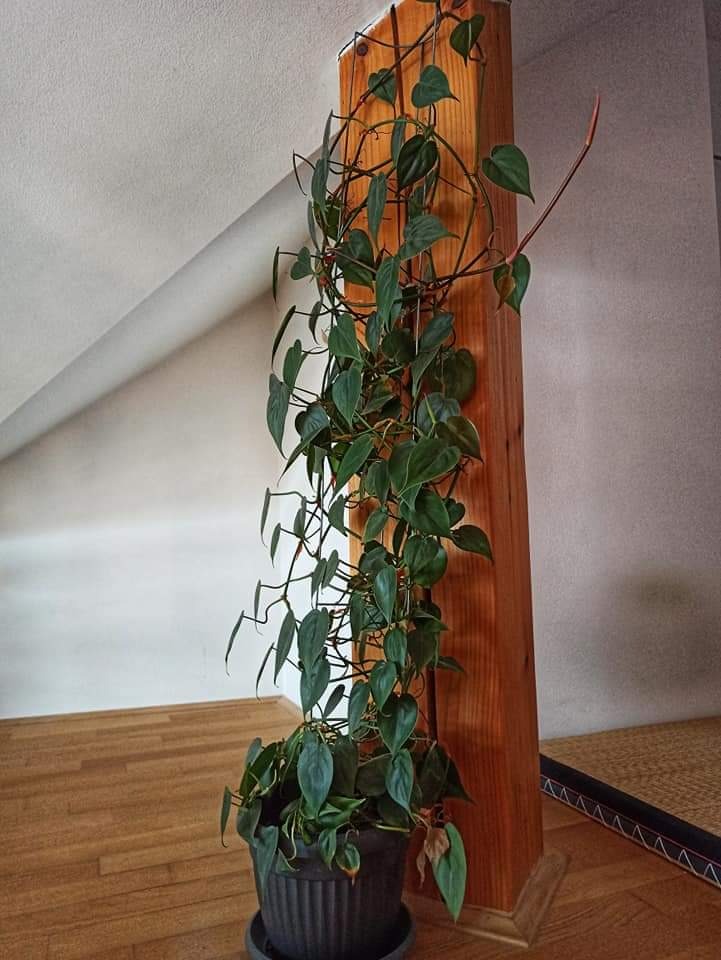When I started growing plants, I considered myself to have a green thumb. I thought that my enthusiasm was all it took for happy and thriving houseplants.
Well, I’m sure you can guess that this approach didn’t really give any promising results. But I’m a stubborn person and the trial and error method was my second approach.
So I got a few new plants and read general plant recommendations somewhere.
• Use pots with drainage holes ✔️
• Keep the soil moist ✔️
• Give your plants enough light ✔️
• Use high-quality soil ✔️
Cactuses were the first ones to suffer because they didn’t like moist soil at all. And I don’t even want to mention my lovely dracaenas that drowned quickly in too-compact soil.
So here I am after (too) many failed attempts to have a lush houseplant collection. Observing plants and their reaction to the conditions found in my home was a game changer.
Believe it or not, the only two plant species that survived my experimental period (yes, I use that term now) were pothos and philodendron.
The thing is, they didn’t survive because I did something extraordinary for them, but they liked their surroundings just the way they were. These are generally considered easy-to-grow plants, but there were many with the same label and, honestly, we all know how they ended up.
THE GOLDEN RULE: Instead of spending months on ensuring the ideal conditions for my precious plants, I simply started purchasing ones that thrive in my home.
Luckily, there are various philodendron and pothos types, so it’s not hard to find a new and incredible-looking variety.
And before I share my four favorite ones with you, I should mention one thing about them you definitely need to know before purchasing.
According to the Safe and Poisonous Garden Plants research by the University of California, both philos and pothos are toxic, so you should be very careful where you put them if you have small children and pets.
If you can provide these plants with a safe spot (out of reach), take a look at these four varieties that will leave everyone speechless!
1. Philodendron Birkin For Rare Plant Hunters
I got my philodendron Birkin a few years ago, and the main reason why I desperately wanted it is because it was listed as a rare philodendron variety. And we all love rare plants, right?
Nowadays, the Birkin isn’t really a rare plant and you can find it in nurseries sometimes for as little as $15. Rarity definitely wasn’t the best thing about this philo. Just take a look at its gorgeous green leaves adorned with white veins!
You can train it to climb for a more vertical display, but the thing is that it only needs bright indirect light and free-draining medium to thrive! What else should a gardener ask for?
And best of all, you can propagate your philodendron Birkin and get new stunning plants for free!
2. Dragon Tail Pothos For Absolute Beginners
Look, I’m not into Game of Thrones or any other thing that includes dragons… Unless it’s a Dragon Tail pothos!
I believe that this plant got its name because of its captivating forked leaves on mature plants.
The Dragon Tail was on sale at Home Depot a couple of weeks ago, and I barely resisted buying another one.
What’s so special about this pothos? I keep this pothos next to my desk in my office and, honestly, the light it gets is pretty scarce. Luckily, my Dragon Tail seems to enjoy it and I only water it when the top two inches of the soil dry out!
3. Philodendron Brasil For More Exotic Touch
Just take a look at this beauty! If you want to add an exotic touch to your indoor space, nothing will work better than a philodendron Brasil.
It features distinctive heart-shaped foliage but, in my opinion, the two-toned coloring on the leaves steals the show! Dark green perfectly combines with lime green and it will definitely stand out in your houseplant collection.
I keep my Brasil philodendron a few feet away from a south-facing window, but the plant is highly adaptable to lower light levels!
4. Cebu Blue Pothos For More Greenery
OK, I have a confession to make; I bought my Cebu Blue because it was considered a rare plant. Obviously, that’s not the case nowadays, and if you go to any nursery store you’ll most likely find it for just above $10.
When compared to other pothos varieties, Cebu Blue has more elongated and narrower leaves, but their color is the reason why every grower should have it.
It’s rich green and you often have a feeling that it’s tinged with blue, hence the name. Cebu Blue is popular among trailing pothos species, just make sure to plant it in a fast-draining soil and give it water once the surface of the soil dries out.
5. Bonus Plant: Satin Pothos
The reason why I didn’t put this variety on my list of favorite pothos and philodendrons is because it isn’t technically a pothos.
The only thing it has to do with pothos is the nickname Satin pothos, but the scientific name of the plant is actually Scindapsus pictus, and it’s a part of the Scindapsus genus.
Mottled coloring is definitely the most interesting feature of this species, but I like it because of its low care requirements and it thrives in the same conditions as ‘real pothos’.
Don’t choose plants based on their appearance, but rather spend some time figuring out the lighting and other necessary conditions in your home. But if you want my recommendation, then it’s definitely philodendron or pothos!

